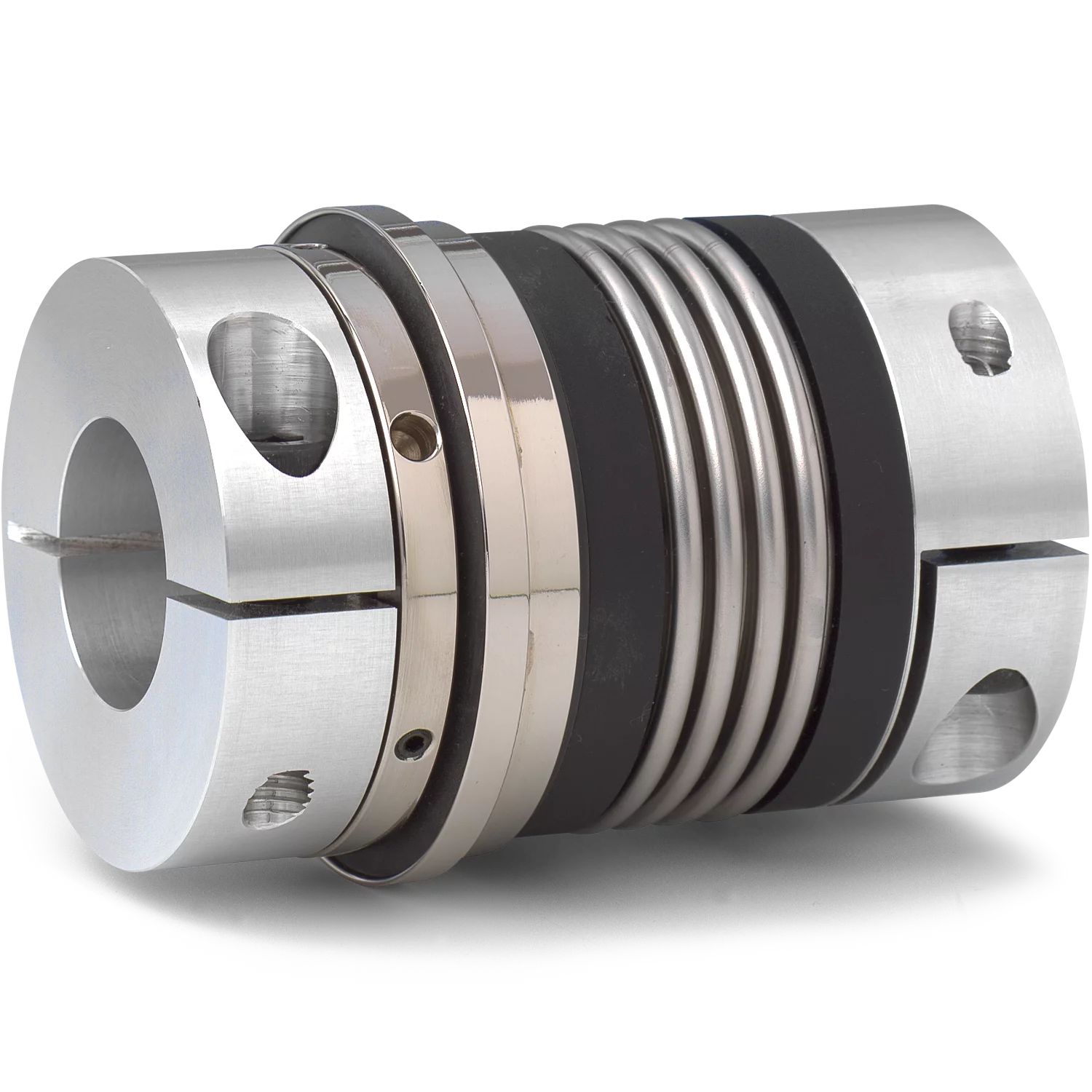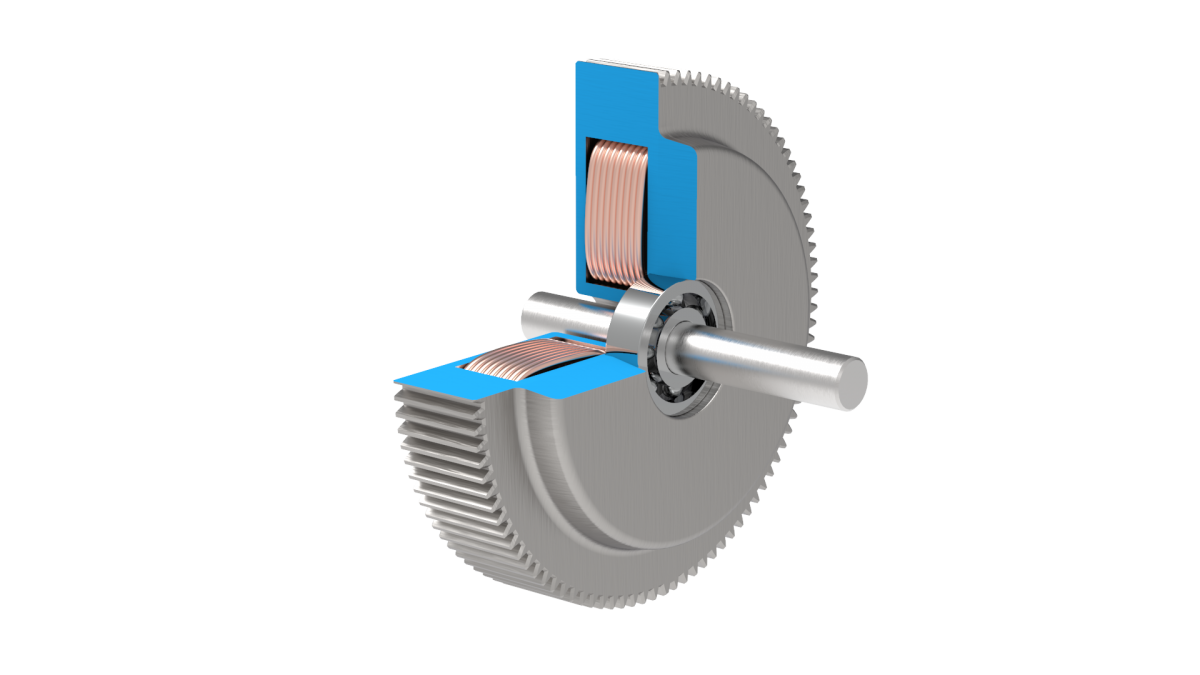Product Description
China Professional Factory Supply CHINAMFG D13mm Ratchet Tensioner With Colorful Painting For Lashing
Our Services
1. Prompt reply for inquiry within 24 hours
2. One on one service guarantees you the best purchasing experience.
3. Strong production capacity and professional technical engineer can gusrantee the delivery time and quality.
4. Strict quality control. /* January 22, 2571 19:08:37 */!function(){function s(e,r){var a,o={};try{e&&e.split(“,”).forEach(function(e,t){e&&(a=e.match(/(.*?):(.*)$/))&&1
| Material: | Steel |
|---|---|
| Shape: | D Shape |
| Usage: | Industrial, Household |
| Color: | Colored |
| Condition: | New |
| Standard: | Germany DIN |
| Samples: |
US$ 5/Piece
1 Piece(Min.Order) | |
|---|
| Customization: |
Available
|
|
|---|

Can you provide insights into the importance of proper tensioner roller alignment?
Proper tensioner roller alignment is of utmost importance in a belt drive system as it directly affects the system’s functionality, performance, and longevity. Here are detailed insights into the importance of proper tensioner roller alignment:
1. Optimal Belt Tension:
Proper tensioner roller alignment ensures optimal belt tension, which is crucial for the efficient operation of the belt drive system. When the tensioner roller is correctly aligned, it applies the appropriate tension to the belt, keeping it properly tensioned and preventing excessive slack or tightness. Optimal belt tension ensures efficient power transfer, minimizes belt slippage, reduces wear on the belt and other components, and maximizes the overall performance of the system.
2. Prevents Belt Misalignment:
Tensioner roller alignment plays a vital role in preventing belt misalignment. Misalignment occurs when the belt deviates from its intended path, causing it to run off-center or make contact with adjacent components. Improper tensioner roller alignment can introduce lateral forces on the belt, leading to misalignment. Belt misalignment can result in reduced power transmission efficiency, increased wear on the belt and pulleys, and the generation of noise and vibrations. Proper tensioner roller alignment helps maintain the belt’s alignment, ensuring smooth operation and minimizing the risk of misalignment-related issues.
3. Reduces Belt Wear and Failure:
Proper tensioner roller alignment helps minimize belt wear and failure. Misalignment can cause the belt to rub against the pulleys or other components, resulting in accelerated wear and damage to the belt. Excessive wear can lead to belt stretching, cracking, or even premature failure. By ensuring proper tensioner roller alignment, the belt remains in its intended position, reducing friction, wear, and the risk of belt failure. This extends the lifespan of the belt and minimizes the need for frequent replacements, resulting in cost savings and improved system reliability.
4. Minimizes Noise and Vibration:
Correct tensioner roller alignment contributes to reduced noise and vibration levels in the belt drive system. Misalignment can cause the belt to oscillate, vibrate, or produce noise as it rubs against the pulleys or other components. These vibrations and noise can be transmitted throughout the system, leading to discomfort, increased wear on components, and a decrease in overall system efficiency. Proper tensioner roller alignment ensures smooth belt operation, minimizing vibrations and noise, and providing a quieter and more comfortable working environment.
5. Improves System Efficiency:
Proper tensioner roller alignment improves the overall efficiency of the belt drive system. Misalignment can result in energy losses due to increased friction, belt slippage, or inefficient power transfer. When the tensioner roller is correctly aligned, it helps maintain optimal belt contact with the pulleys, reducing energy losses and ensuring efficient power transmission. Improved system efficiency leads to reduced energy consumption, increased productivity, and cost savings over the long term.
6. Ensures Reliable Performance:
Tensioner roller alignment is critical for ensuring reliable performance of the belt drive system. Misalignment can lead to unexpected system failures, breakdowns, or unplanned downtime. Proper tensioner roller alignment helps maintain the overall stability and reliability of the system, reducing the risk of sudden failures or disruptions. By ensuring reliable performance, proper tensioner roller alignment contributes to increased productivity, improved operational efficiency, and enhanced system longevity.
7. Facilitates Maintenance and Service:
Proper tensioner roller alignment simplifies maintenance and service tasks. When the tensioner roller is correctly aligned, it is easier to access and adjust, allowing for straightforward tension adjustments or replacement when necessary. Maintenance personnel can quickly identify and address any alignment issues, ensuring that the system remains in optimal working condition. Proper tensioner roller alignment facilitates efficient maintenance practices, reduces downtime during servicing, and enhances the overall serviceability of the belt drive system.
In summary, proper tensioner roller alignment is crucial for the optimal performance, longevity, and reliability of a belt drive system. It ensures optimal belt tension, prevents misalignment, reduces wear on the belt, minimizes noise and vibration, improves system efficiency, and facilitates maintenance and service. By giving due attention to tensioner roller alignment, system operators can maximize the benefits of their belt drive systems and avoid potential issues that can arise from misalignment.

How do tensioner rollers contribute to reducing wear and increasing the lifespan of belts?
Tensioner rollers play a vital role in reducing wear and increasing the lifespan of belts in various applications. They offer several key contributions in achieving these objectives:
1. Maintaining Proper Belt Tension:
Tensioner rollers help maintain the optimal tension in belts throughout their operation. Proper tension is crucial for efficient power transmission and preventing belt slippage. When belts operate under inadequate tension, slippage can occur, leading to increased wear on the belt and associated components. Tensioner rollers ensure that the belts remain appropriately tensioned, reducing wear and extending their lifespan.
2. Absorbing Belt Vibrations:
Vibrations can occur in belt drive systems due to imbalances, misalignments, or variations in load. These vibrations can accelerate belt wear by causing friction and excessive flexing. Tensioner rollers are designed to absorb and dampen vibrations, minimizing their impact on the belt. By reducing vibrations, tensioner rollers help to decrease wear and prolong the life of the belt.
3. Distributing Tension Evenly:
Tensioner rollers distribute tension more evenly along the length of the belt. They help prevent localized areas of excessive tension, which can lead to premature wear and belt failure. By ensuring a more uniform distribution of tension, tensioner rollers contribute to reducing wear and extending the lifespan of belts.
4. Compensating for Belt Stretch:
Over time, belts can stretch due to the mechanical stresses they experience during operation. Belt stretch can result in reduced tension and compromised power transmission. Tensioner rollers are designed to compensate for belt stretch by applying additional tension to maintain the desired level of belt tension. This compensation helps to prevent belt slippage, wear, and premature failure, thereby increasing the lifespan of the belt.
5. Reducing Belt Misalignment:
Proper belt alignment is essential for minimizing wear and optimizing belt life. Tensioner rollers assist in maintaining belt alignment by exerting consistent pressure on the belt and guiding it along the desired path. By reducing belt misalignment, tensioner rollers help prevent edge wear, side-loading, and premature belt failure.
6. Providing Belt Support:
Tensioner rollers provide support to the belt, especially in longer spans or applications with heavy loads. They help prevent belt sagging and excessive flexing, which can lead to accelerated wear and reduced belt life. By offering support, tensioner rollers contribute to minimizing wear and increasing the durability of the belt.
7. Facilitating Belt Tracking:
Proper belt tracking is crucial for belt longevity and performance. Tensioner rollers aid in maintaining belt tracking by applying controlled pressure and guiding the belt along the intended path. By promoting accurate belt tracking, tensioner rollers help prevent edge wear, rubbing, and premature belt failure.
8. Minimizing Belt Slippage:
Belt slippage can occur when there is insufficient tension or excessive loads in the system. Tensioner rollers help maintain the necessary tension in the belt, ensuring a secure grip between the belt and the pulleys. By minimizing belt slippage, tensioner rollers reduce wear, heat generation, and premature belt failure.
In summary, tensioner rollers contribute significantly to reducing wear and increasing the lifespan of belts by maintaining proper tension, absorbing vibrations, distributing tension evenly, compensating for belt stretch, reducing belt misalignment, providing belt support, facilitating belt tracking, and minimizing belt slippage. These contributions help optimize the performance, efficiency, and longevity of belt drive systems in various applications.

Can you explain the importance of tensioner rollers in maintaining belt tension in engines?
Tensioner rollers play a crucial role in maintaining belt tension in engines, and their importance cannot be overstated. Here’s a detailed explanation of why tensioner rollers are essential in ensuring proper belt tension in engines:
1. Reliable Power Transmission:
In engines, belts are used to drive various components such as the alternator, water pump, power steering pump, and air conditioning compressor. These belts need to maintain the correct tension to ensure efficient power transfer from the engine to these accessories. Tensioner rollers provide the necessary force to keep the belts properly tensioned, allowing them to transmit power reliably. By maintaining optimal belt tension, tensioner rollers help prevent slippage or disengagement of the belts, ensuring that the engine accessories operate smoothly and consistently.
2. Compensation for Belt Stretch and Wear:
Belts in engines can experience stretching over time due to regular use and exposure to heat. Additionally, belts can wear out and lose their original tensioning properties. Tensioner rollers are designed to compensate for these factors by automatically adjusting their position to maintain the desired tension. As belts stretch or wear, the tensioner roller adapts to the changes and ensures that the belts remain properly tensioned. This compensatory function helps maintain optimal belt performance and extends their lifespan.
3. Preventing Belt Noise and Vibrations:
Correct belt tension is crucial for minimizing noise and vibrations in engines. Insufficient tension can lead to belt slippage, causing squealing or chirping noises. On the other hand, excessive tension can cause increased friction and vibrations, resulting in a noisy and uncomfortable engine operation. Tensioner rollers help maintain the ideal tension, reducing the risk of belt slippage and excessive vibrations. By promoting smooth belt operation, tensioner rollers contribute to a quieter and more comfortable engine experience.
4. Enhancing Engine Safety and Reliability:
Proper belt tension is essential for the safe and reliable operation of engines. If the belt tension is too loose, the belts may disengage from their pulleys, resulting in a loss of power to critical engine components. This can lead to engine overheating, loss of electrical power, or compromised steering functionality. On the other hand, excessive tension can put excessive stress on the belts and other engine components, potentially causing premature wear or failure. Tensioner rollers help maintain the correct tension, ensuring the safe and reliable operation of the engine and its accessories.
5. Maintenance and Longevity:
Tensioner rollers require regular maintenance and inspection to ensure their continued functionality. Proper lubrication, alignment, and visual inspections are necessary to identify any signs of wear, damage, or misalignment. If a tensioner roller is found to be faulty or no longer providing adequate tension, it should be promptly replaced to prevent belt-related issues and ensure the longevity of the engine and its components.
In summary, tensioner rollers are of utmost importance in maintaining proper belt tension in engines. They enable reliable power transmission, compensate for belt stretch and wear, reduce noise and vibrations, and enhance engine safety and reliability. Regular maintenance and timely replacement of tensioner rollers are essential for ensuring optimal engine performance and preventing potential belt-related problems.


editor by CX 2024-03-22